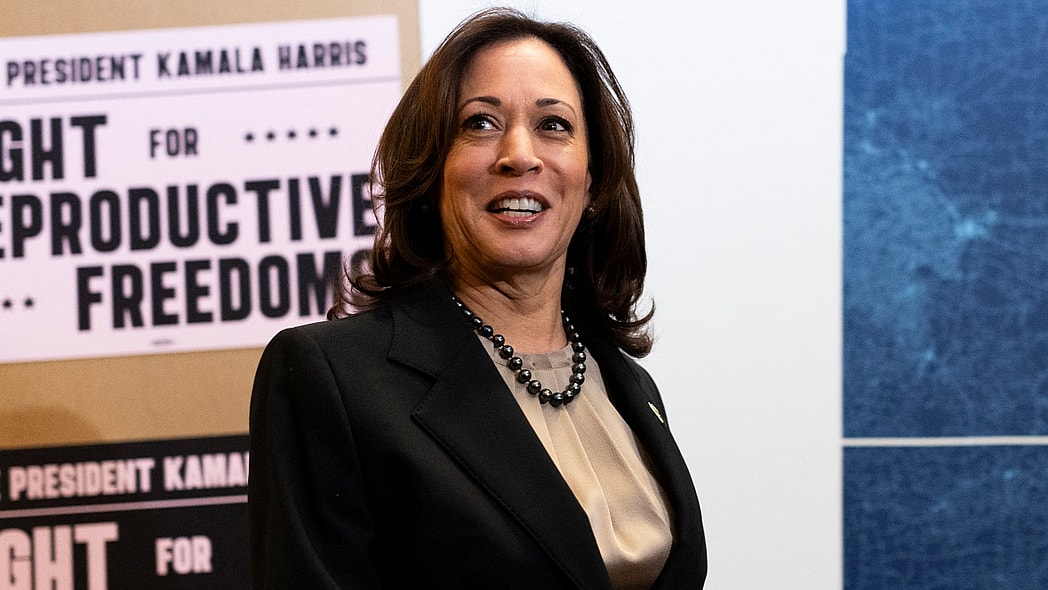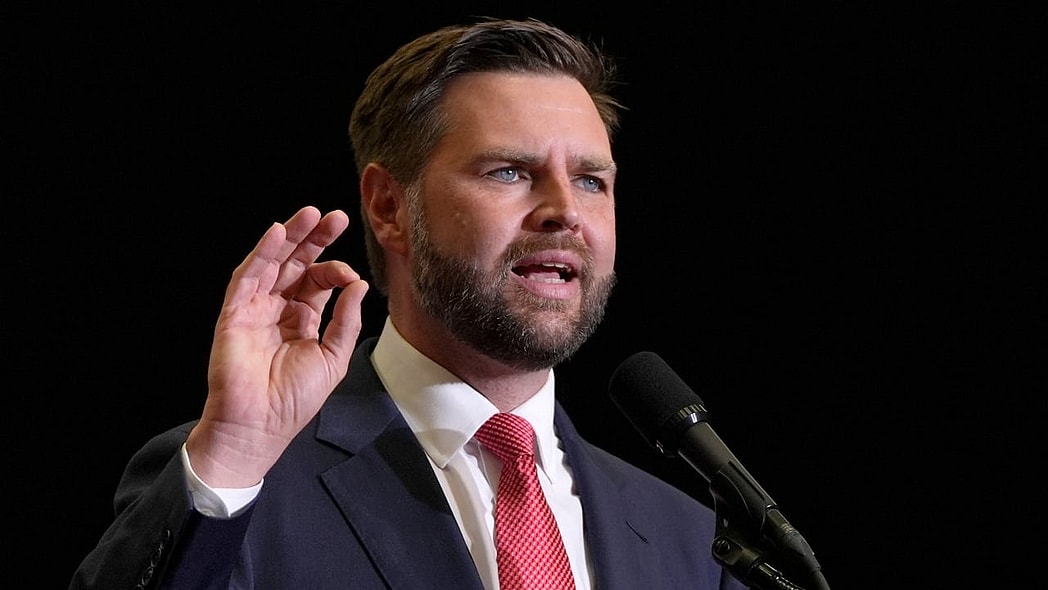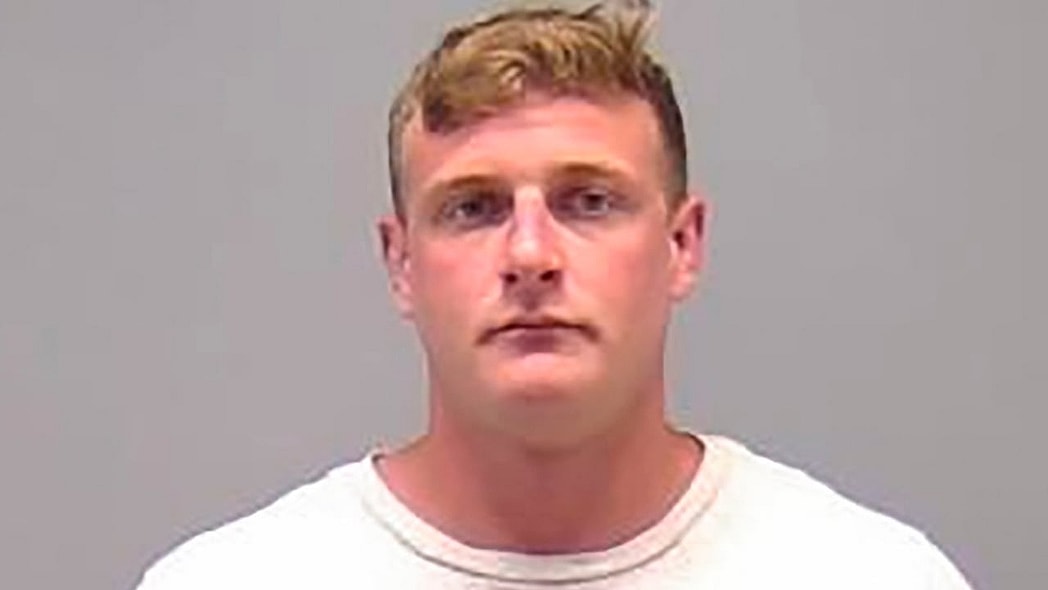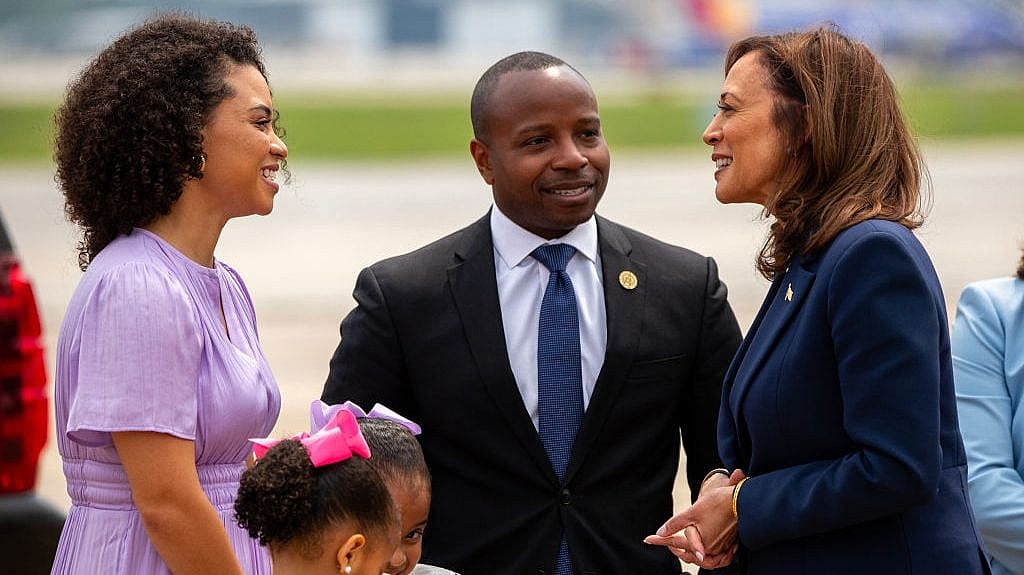MINNEAPOLIS (AP) — State election directors from across the country voiced serious concerns to a top U.S. Postal Service official Tuesday that the system won’t be able to handle an expected crush of mail-in ballots in the November election.
Steven Carter, manager of election and government programs for the postal service, attempted to reassure the directors at a meeting in Minneapolis that the system’s Office of Inspector General will publish an election mail report next week containing “encouraging” performance numbers for this year so far.
“The data that that we’re seeing showing improvements in the right direction,” Carter told a conference of the National Association of State Election Directors. “And I think the OIG report is especially complimentary of how we’re handling the election now.”
But state election directors stressed to Carter that they’re still worried that too many ballots won’t be delivered in time to be counted in November. They based their fears on past problems and a disruptive consolidation of postal facilities across the country that Postmaster General Louis DeJoy has put on hold until after the elections.
Monica Evans, executive director of the District of Columbia Board of Elections, recounted how she never received her mail ballot for her own June primary. She ended up voting in person.
“We had, at last count, over 80 ballots that were timely mailed as early as May for our June 4 primary election,” Evans said, noting that her office could have accepted them as late as June 14, but they still arrived too late. “We followed up and we just kept getting, ‘We don’t know what happened. We don’t know what happened.’”
While former President Donald Trump has complained without foundation that fraudulent mailed ballots cost him a second term in 2020, mail-in voting has become a key component of each party’s strategy to maximize the turnout of their voters in 2024. Now Republicans, sometimes including Trump, see it as necessary for an election that is likely to be decided by razor-thin margins in a handful of swing states. Republicans once were at least as likely as Democrats to vote by mail, but Trump changed the dynamics in 2020 when he began to argue against it months before voting began.
Recommended Stories
Bryan Caskey, the elections director for Kansas who’s also the association’s incoming president, asked Carter to consider a hypothetical jurisdiction that has a 95% on-time rate for mail deliveries, which he said is better than what almost all states are getting.
“That still means that in the state that sends out 100,000 ballots, that’s 5,000 pissed-off, angry voters that are mad about the mail service,” Caskey said, adding, “Actual elections are being determined by these delays, and I just want to make sure that you’re hearing why we’re so upset.”
“It’s totally understandable,” Carter said. “The frustration is understandable.”
The association’s current president, Mandy Vigil, the elections director for New Mexico, said in an interview afterward that she appreciated that the service was at least willing to engage with the state officials, but that she’s concerned that there isn’t enough time before the general election.
“I think that we are at a place where we really need them to pay attention,” Vigil said. “You know, we’ve been voicing our concerns since last November. But we just aren’t seeing the changes as we’re working through our primary elections. And when it comes to November, like, we need to see a difference.”
Nineteen senators wrote to DeJoy last month asking the postmaster general about the service’s policies and plans to prepare for the 2024 election cycle. They pointed out how the first regional consolidation, in Virginia last year, led to delivery delays that led some local election officials there to direct residents to bypass the mail and place their primary election ballots in designated drop boxes. They noted that Virginia’s on-time delivery rate fell below 72% for fiscal 2024, or over 15% below the national average.
Other consolidations have been blamed for degraded service in Oregon, Virginia, Texas and Missouri. The consolidation has also created concern among lawmakers in Utah, where state law requires that ballots be mailed from within Utah, but the postal service now processes mail from some counties in Nevada after moving some operations from Provo to Las Vegas. The entire Minnesota and North Dakota congressional delegations wrote to DeLoy last month after an inspector general’s audit documented nearly 131,000 missing or delayed pieces of mail at six post offices over the course of just two days.
DeJoy paused the cost-cutting consolidations until January 2025 in the wake of bipartisan criticism, but lawmakers want a commitment that the resumption won’t lead to further delivery delays.










